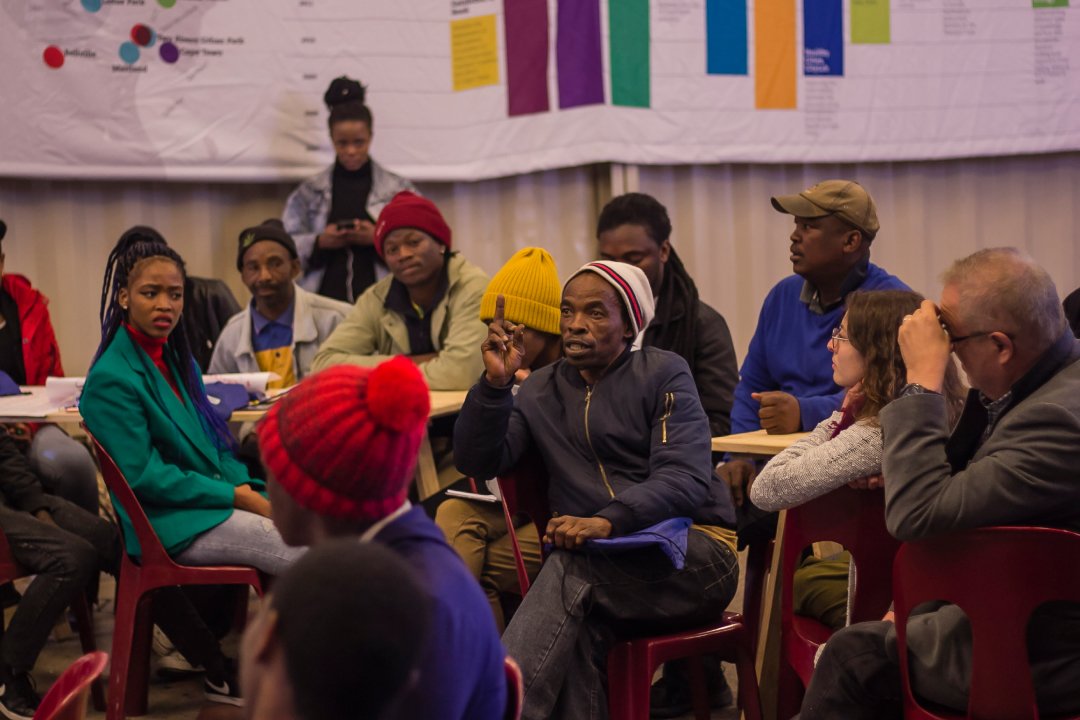Report on Cape Town Museum Social Inclusion Engagement
Guga S’thebe, 27 July 2018
Introduction
The Cape Town First Engagement on Social Inclusion took place on 27 July 2018 at Gugu S’thebe, Langa. The Engagement was organised in partnership with Activate! and Africa Unite. It was attended by 51 delegates representing 11 NGOs, Cape Town Museum and the City of Cape Town Cultural Spaces Unit.
Programme
Welcome and background to Mandela Centenary: Michael Janse van Rensburg – reminder that the theme for the Mandela Centenary is to live the legacy. Promoting social inclusion is one way to promote Mandela’s legacy.
Background to the Cape Town Museum: Helene Vollgraaff – Cape Town Museum is still an idea. This event is not only a first engagement on social inclusion, but also a first engagement on what Cape Town Museum should be about.
Discussion facilitators: Lez Mashaba (Activate!) and Marco Morgan (City of Cape Town).
Question 1: What does social inclusion mean to you and how is it applied in your own space/organisation?
Being present, participating, contributing
Involve all stakeholders
Create safe spaces for ideas
Bridging the gaps
Listen
See the individual – not only the group you identify them with
Must deal with inclusion outside your own comfortable box
Solidarity
Generosity
Allow people to speak for themselves (not tell their story on behalf of them)
Question 2: Do you think the Cape Town community is working inclusively and interconnected?
NO
Structural exclusion through transport system that do not connect spaces
Children from different areas do not get to know each other
Live in separate boxes
Words matter – continued use of divisive terminology/classifications of people continues exclusion
Economic exclusion leads to social and cultural exclusion
Property development and investment more important than people’s affection for an area. A lot of gentrification.
Investment in central Cape Town only – how do one make the rest of the city “investment worthy” Money follows money.
Services differ in different neighbourhoods
Stereotyping (in judging who are potentially “troublesome” people)
Different standards in how people are treated e.g. police
Services available for some neighbourhoods only
Seen as purposefully excluded by government policies
Question 3: How can we build social inclusion through the Cape Town Museum
Where will the building be!!!
What is celebrated?
What stories are told? Whose stories are told?
Facilitate contact from a young age
Listen
Tell the story of Cape Town from the beginning
Universal access
Should not be a white elephant
Safe space for story tellers
Keep contact with participants
Focus on local heroes – when is it a Cape Town story and when not. Cape Town not in isolation from rest of country and world.
Facilitate contact between diverse groups
Educational programme
Different languages
Physical access
Language access
Develop programme through co-design, participative processes
Create opportunities for community to work for museum, help create narratives
Don’t repeat segregated categories (people and places)
Personal reflections on discussions
Cape Town is about relationships
Important where the museum will be
Systemic change needed
Attention to marginalised neighbourhoods
Engage the youth
Make people aware of how to use privilege
Focus on the Constitution of South Africa – know your rights
Universal access
Create ongoing social inclusion programme
Create structure through which participants can continue engaging with museum (Museum ordinance makes provision for Friends organisations, but needs to be rethinked. Already started exploring new approach in region. Can learn from Lwandle). Should include feedback re progress of museum.
Info to be fed into visioning project.
Website to be reviewed against opinions and suggestions i.t. o. content, what it reflects, how it reflects
Us and them feeling – think how to break this down
Need to create programmes to create contact. So also where do you exhibit what, who attend events, where is it held.
Outputs in addition to report
Website announcement
Website report and images
Infographics
Video
Database of participants
Helene Vollgraaff
13 August 2018








